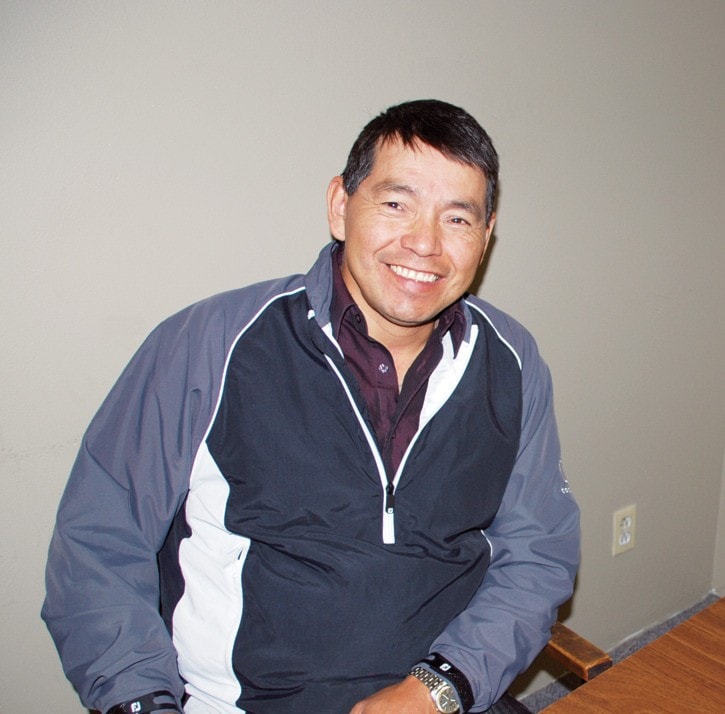It’s going to be a big project, one that’s been 150 years in the making, says Esket’emc (Alkali Lake) Chief Fred Robbins.
Robbins has received a $50,000 grant from the federal government’s Truth and Reconciliation Commission to use for a commemoration project around the history of residential schools and the impact that history has had on First Nations people.
The idea is to bring First Nations and non- First Nations together, Robbins says.
“My big picture or pie in the sky approach is to develop a working relationship, built on the recognition of our histories. As municipal governments, First Nations governments, and as First Nations people. I think the commemoration project will benefit that relationship.”
Robbins has six months to use the grant and is in the process of meeting with various leaders and organizations that originally supported the project application. He is hoping the culminating event will take place in March 2013.
He had applied for $65,000 initially and will be soliciting donations, some of those in-kind, for the two-day event and the installation of an epitaph at the former St. Joseph’s Mission site on the Sugar Cane reserve south of Williams Lake.
Robbins is also hoping to form a working group with a co-ordinator.
First Nations leaders Regional Chief Jody Wilson-Raybould, BC Assembly of First Nations, National Chief Shawn Atleo, Assembly of First Nations, Grand Chief Edward John, First Nations Summit and Grand Chief Stewart Phillip, Union of BC Indian Chiefs have all responded they’d be interested in attending.
Day one would involve unveiling the epitaph at the residential school site during a ceremony with guest speakers.
“For the late afternoon and early evening I’m looking at possibly some role playing, a play of some kind, involving municipal governments and or non-First Nations people,” Robbins explains.
On the second day, he’s hoping to have renown physician Dr. Gabor Mate speak to the impacts on First Nations and the communities of the residential school experience.
“I say communities because in the early to mid 1900s the RCMP came out and removed all children from reserve lands, and left these communities with no children,” Robbins notes, adding the residential schools had all the children which left communities without that connection.
Mate, along with other visiting facilitators, will lead a series of workshops.
First Nations are still in that historical mode of being deprived of their voices as communities, Robbins says.
“History has proved that First Nations people are in bitter remorse because of the impacts of residential schools.”
Participation of municipal governments in the project is key, Robbins notes, adding that 95 percent of all major cities in Canada are founded on First Nations trading sites and gathering places.
“I think municipal governments need to participate so we can start bringing some of that history back.”
He’s also hoping to involve School District No. 27, the Cariboo Regional District and community groups with the project.
“I want to get everyone together to make it a community event, rather than just a First Nations event. We need to develop a common relationship where First Nations are playing a role in the economy of the region. For example, Esket’emc spends just over $8 million in Williams Lake every year. We are asking what benefits can we see in return?”
Excited because it will be about building relationships, Robbins admits it will be a big project and he’ll need a great amount of help.
